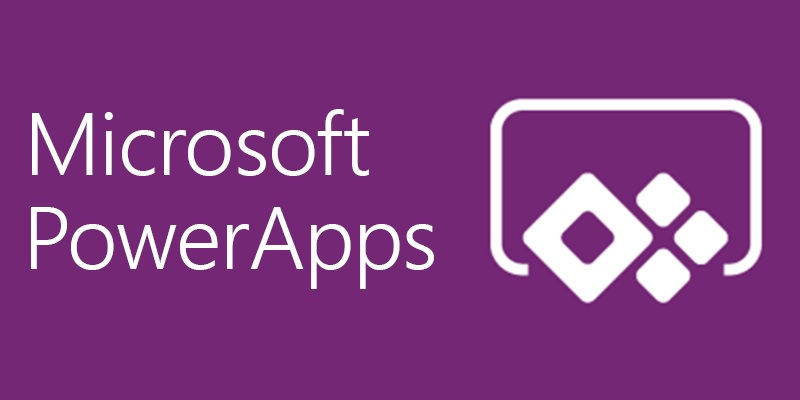There are many different ways to connect Power Apps to D365 F&O. We’ll discuss the following three common approaches in this post:
- Standard D365 F&O Connector
- Custom Connector
- Power Automate
We threw together a simple App to demonstrate these options:

Standard D365 F&O Connector
The use case here is simple. If you’re able to leverage the Standard F&O Connector, go for it! For simple update scenarios the connector does the job fairly well. Use the standard Patch function to insert or update the data.
Here is a simple example of creating or updating Customer Groups with a standard connector:

Custom Connector
The tool of choice for anything more complex and custom. This feature gives you the full flexibility that comes with custom services in D365.
Really briefly, we threw together a custom RESTful service in D365 and wrapped it in a Custom Connector:

Call the custom connector on button click:

Power Automate
The very nice fallback to the above methods is Power Automate. The use case here are scenarios that call for iteration of collections, multiple staggered actions, etc.







